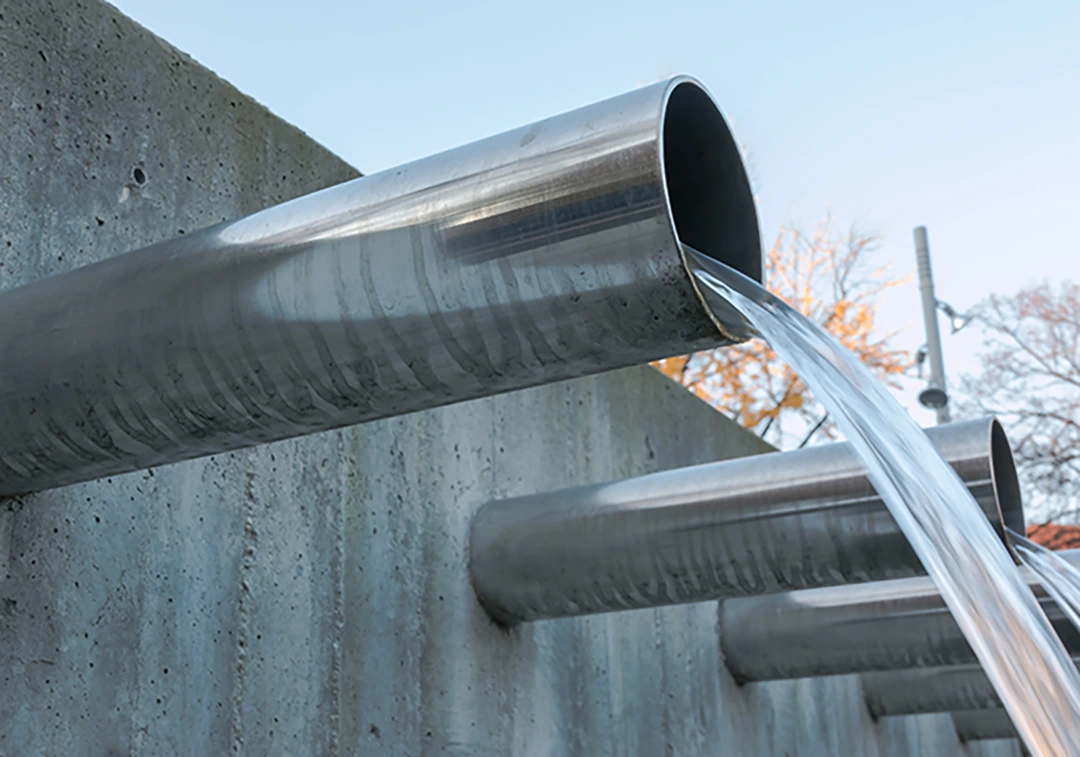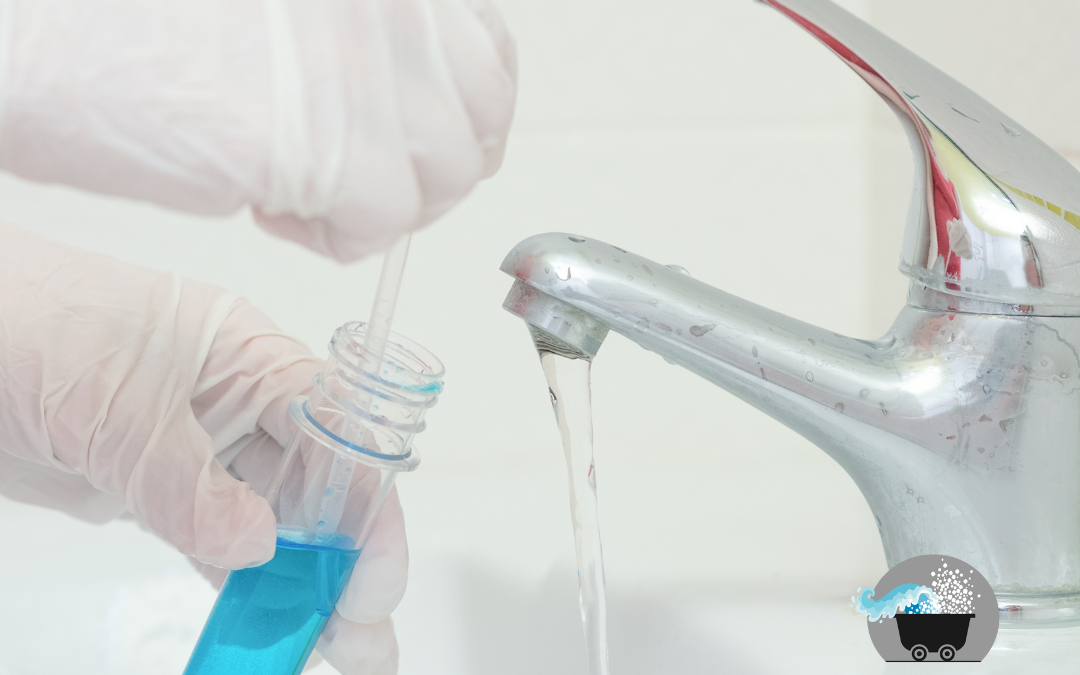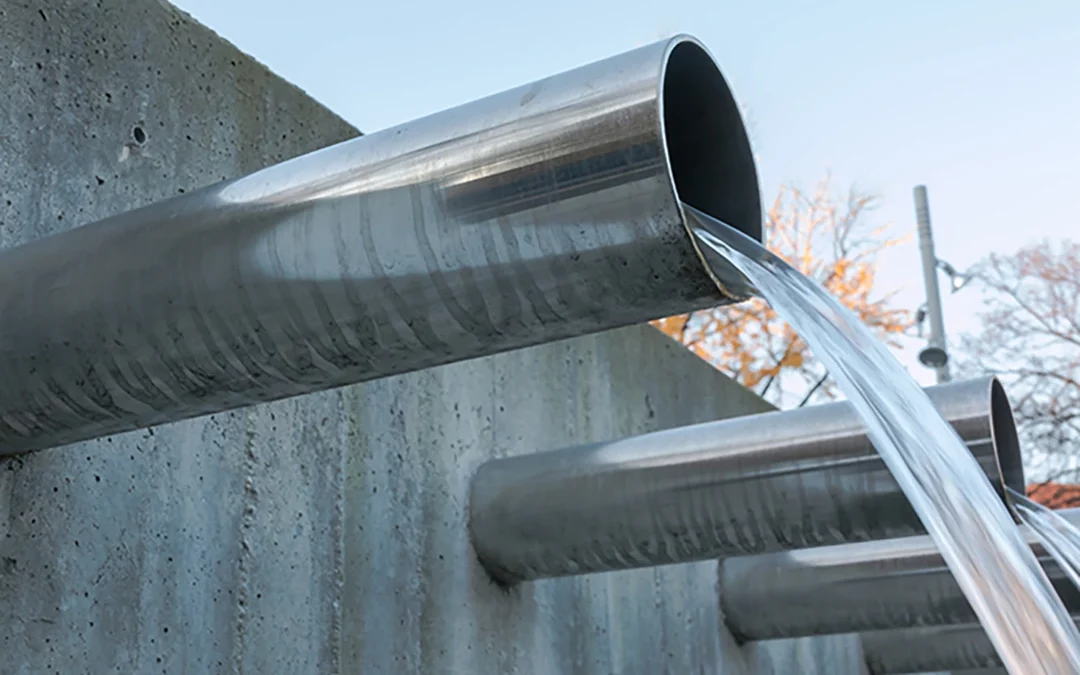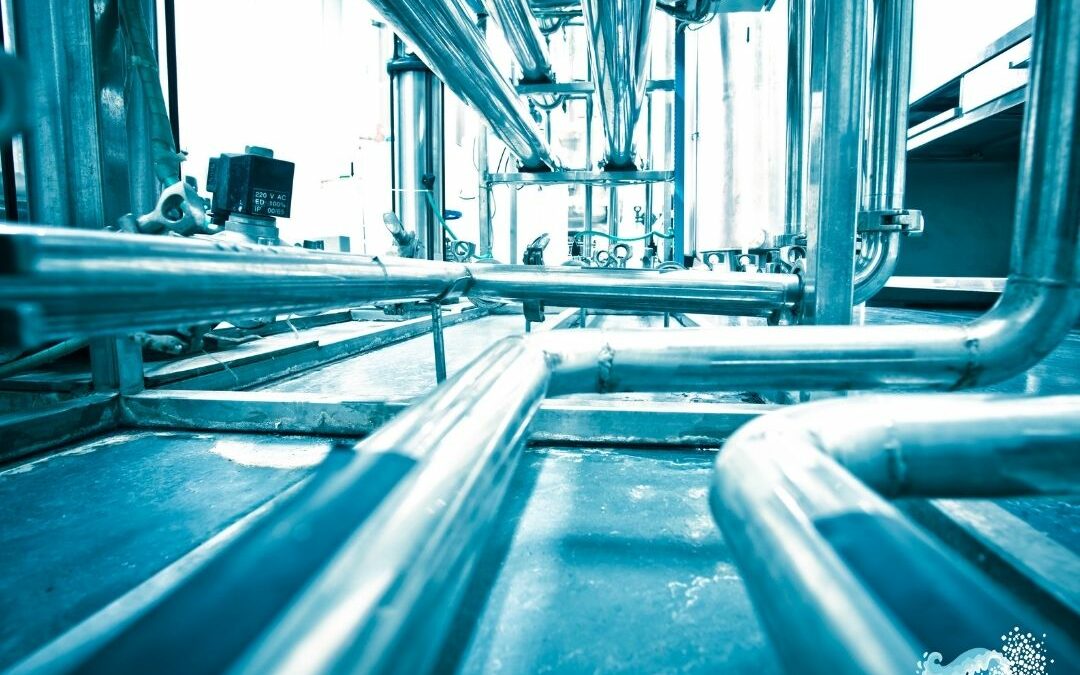Just like any other industry, the water industry experiences changes based on what consumers want, changes in the economic climate, and technology advancements. With 2021 officially behind us, let’s take a look at what’s happening in the water industry in 2022.
Watch For These Water Industry Trends This Year
#1: A Bigger Focus on Water Reuse
As drought conditions persist in California as well as in much of the western United States, water conservation and water reuse continue to be important topics. The idea is that if some areas aren’t going to get water in terms of rain or snowfall, existing water resources must be conserved and reused.
With this year’s Earth Day theme being ‘Invest In Our Planet’, the year has already gotten off to a good start – there’s been a renewed focus on educating people and communities about preserving the resources we have for future generations to enjoy.
When it comes to reusing water, however, the water industry faces another challenge – how to remove water contaminants so that reclaimed water is safe to drink and use for other activities. For example, salt contamination from residential and commercial water softeners often makes its way into community wastewater and is very difficult to effectively remove. Expect to see the water industry looking at new technology and other ways to make reused water safer for everyone.
#2: A Renewed Interest In PFAs
Commonly referred to as PFAs, per- and polyfluoroalkyl substances are man-made chemicals found in many of the consumer products we use today. These substances take a long time to break down, earning them the nickname ‘forever chemicals’. Unfortunately, they’ve even made their way into drinking water supplies, posing a hazard to human health.
In 2022, you can expect the water industry, and possibly even government entities, to find ways to remove, restrict, or eliminate these chemicals to prevent them from becoming more of a problem than they already are.
#3: Solar Desalination Projects
Saline water is water that has a high concentration of salt in it. It can be that way naturally, such as with seawater. However, it can also get that way due to human actions, such as dumping brine from industrial processes into water. The latter has happened frequently because desalination is an expensive process and companies that use brine for everyday operations (such as textile manufacturing or some food processing) often don’t want to pay the high cost of removing salt from water.
In other areas of the world, like in arid countries or island nations, solar desalination has been used to improve the quantity of usable water, even though it’s very expensive to do. The need for sustainable water treatment in these areas has caused an increased interest in solar desalination projects and the idea will likely continue to get government funding.
The Salt Miner: Putting Water Industry Trends Into Action
As more people, businesses, and entire communities begin to be aware of the water issues that face our country (and the entire world) today, the Salt Miner is in a unique position to help. Even though many people are just becoming cognizant of these water industry trends, we’ve been seeing the need for years.
As an add-on to any water softener or brine source, the Salt Miner is able to remove salt from wastewater before it is released into the sewer, septic system, groundwater, or soil. The salt can then be recycled or disposed of properly. It’s the perfect solution for controlling salt contamination at its source rather than having to go through the expensive process of desalination.
To learn more about how the Salt Miner works, you can watch this video: Preventing Salt Pollution – Protecting Water. Or, you can contact us today to learn how you can invest in and be a part of this environmentally friendly water treatment solution.





